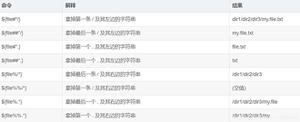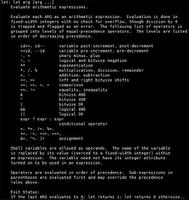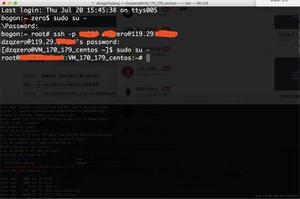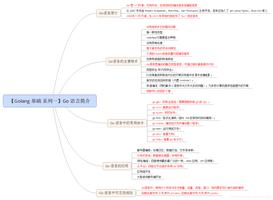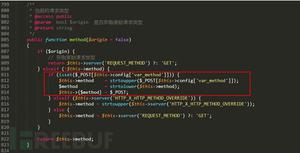Python如何执行外部命令

调用shell命令
#!/usr/bin/python3import subprocess
# 执行外部命令 'date'
subprocess.call('date')
# 传递选项和参数给命令
print("
Today is ", end="", flush=True)
subprocess.call(['date', '-u', '+%A'])
# 其他例子
print("
Searching for 'hello world'", flush=True)
subprocess.call(['grep', '-i', 'hello world', 'hello_world.py'])
这里的import语句用于载入subprocess模块,它是Python标准库的一部分
subprocess模块中的call函数是一种执行外部命令的方式
通过传递True给flush参数(默认是False),我们确保这个信息在subprocess.call运行之前输出
想要给命令传递参数,需要使用字符串列表
$ ./calling_shell_commands.pyTue Jun 21 18:35:33 IST 2016
Today is Tuesday
Searching for 'hello world'
print("Hello World")
使用扩展调用shell命令
#!/usr/bin/python3import subprocess
# 不使用扩展调用Shell命令
print("No shell expansion when shell=False", flush=True)
subprocess.call(['echo', 'Hello $USER'])
# 使用Shell扩展调用Shell命令
print("
shell expansion when shell=True", flush=True)
subprocess.call('echo Hello $USER', shell=True)
# 如果引号是命令的一部分则进行反义
print("
Searching for 'hello world'", flush=True)
subprocess.call('grep -i 'hello world' hello_world.py', shell=True)
默认subprocess.call不会扩展shell 通配符,使用 command替换等等
可以设定shell参数为True进行重写
注意现在整个命令行都作为一个字符串而不是字符串列表
命令中含有引号如要转义
仅在你确定命令会正确执行的情况下使用shell=True,否则会存在安全问题
$ ./shell_expansion.pyNo shell expansion when shell=False
Hello $USER
shell expansion when shell=True
Hello learnbyexample
Searching for 'hello world'
print("Hello World")
在特定情况下,我们可以使用单/双引号的组合来避免使用转义符号
# 像这样使用另一种引号subprocess.call('grep -i "hello world" hello_world.py', shell=True)
# 或者这样
subprocess.call("grep -i 'hello world' hello_world.py", shell=True)
Shell命令重定向可以正常使用
# 为了避免call函数字符串太常,我们使用变量先存储命令cmd = "grep -h 'test' report.log test_list.txt > grep_test.txt"
subprocess.call(cmd, shell=True)
避开使用shell=True
>>> import subprocess, os>>> subprocess.call(['echo', 'Hello', os.environ.get("USER")])
Hello learnbyexample
0
os.environ.get("USER")返回环境变量USER的值
0退出状态码,意味着成功执行了命令。
获取命令输出和重定向
#!/usr/bin/python3import subprocess
# 输出也包含任何的错误信息
print("Getting output of 'pwd' command", flush=True)
curr_working_dir = subprocess.getoutput('pwd')
print(curr_working_dir)
# 获取命令执行的状态和输出
# 退出状态码不是“0”意味着有什么事情出错了
ls_command = 'ls hello_world.py xyz.py'
print("
Calling command '{}'".format(ls_command), flush=True)
(ls_status, ls_output) = subprocess.getstatusoutput(ls_command)
print("status: {}
output: '{}'".format(ls_status, ls_output))
# 抑制出错信息
# subprocess.call()返回命令的状态码 returns status of command which can be used instead
print("
Calling command with error msg suppressed", flush=True)
ls_status = subprocess.call(ls_command, shell=True, stderr=subprocess.DEVNULL)
print("status: {}".format(ls_status))
getstatusoutput()的输出是元组数据类型,更多信息和例子在后续章节
getstatusoutput()和getoutput()老式的函数
使用有更多特性和安全选项的新函数
$ ./shell_command_output_redirections.pyGetting output of 'pwd' command
/home/learnbyexample/Python/python_programs
Calling command 'ls hello_world.py xyz.py'
status: 2
output: 'ls: cannot access xyz.py: No such file or directory
hello_world.py'
Calling command with error msg suppressed
hello_world.py
status: 2
以上是 Python如何执行外部命令 的全部内容, 来源链接: utcz.com/z/522728.html

